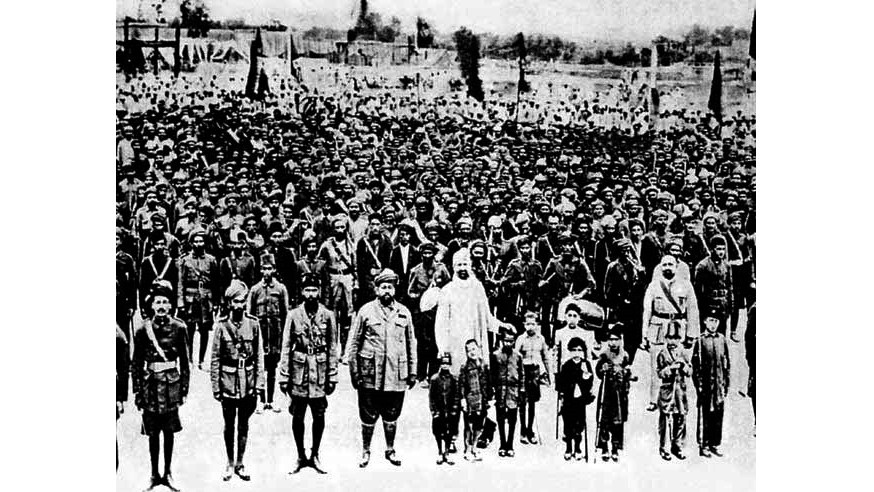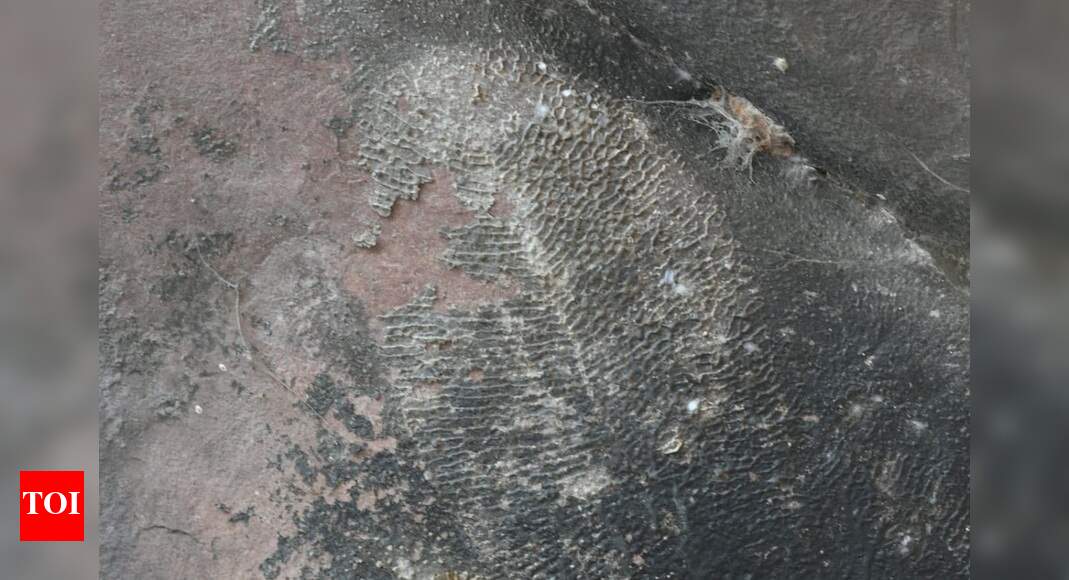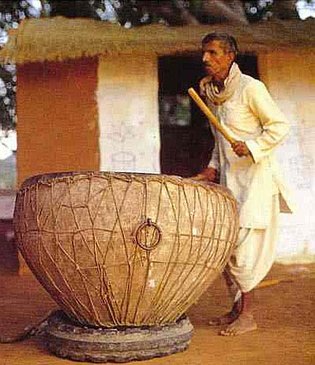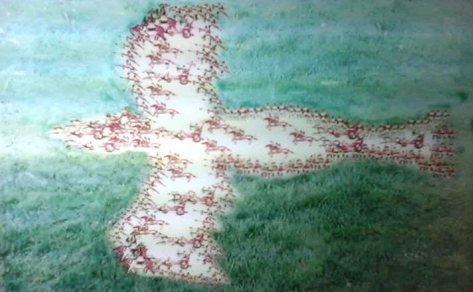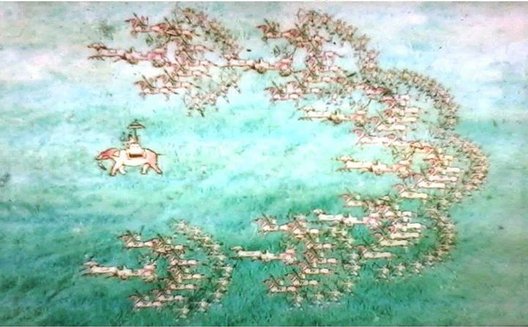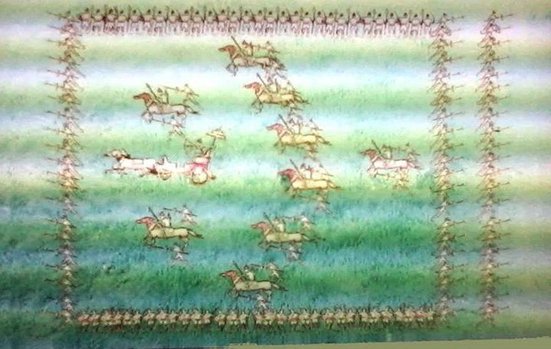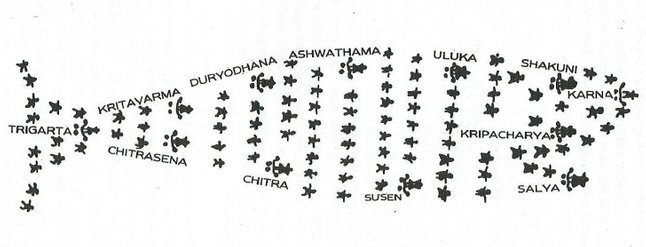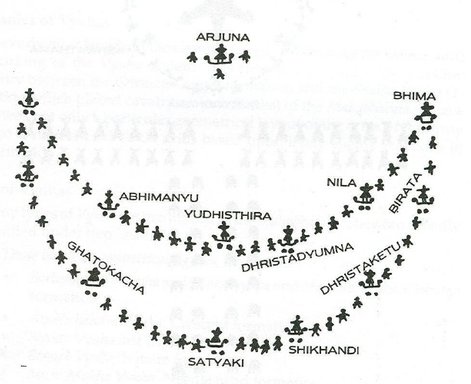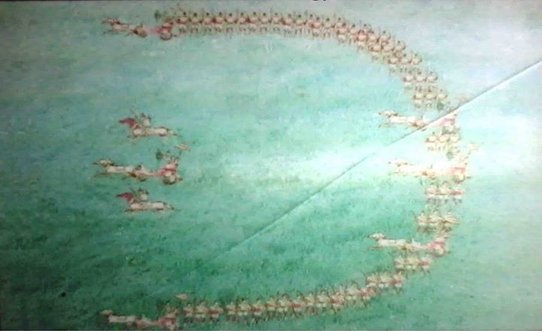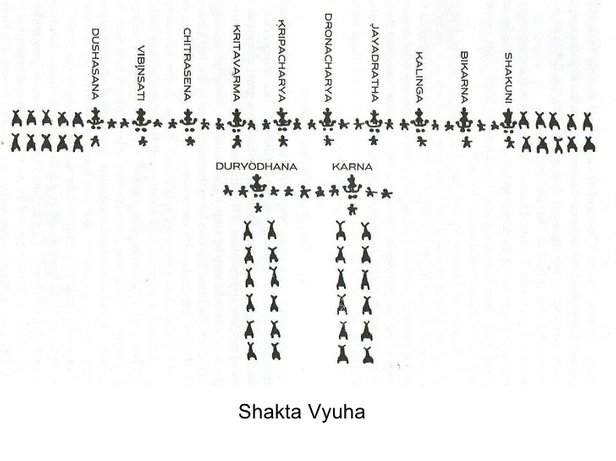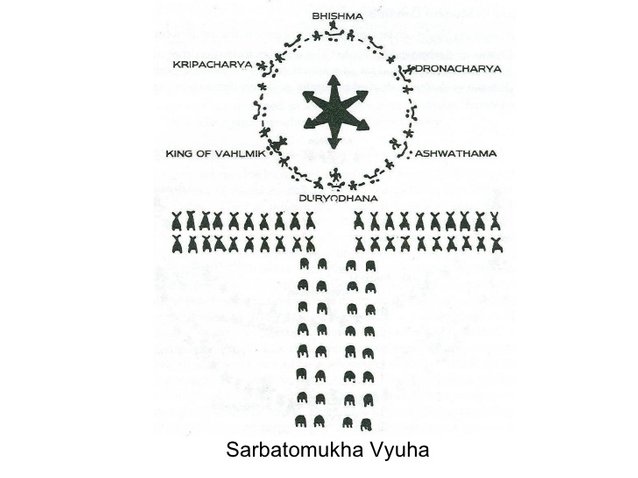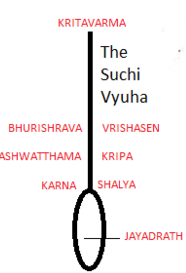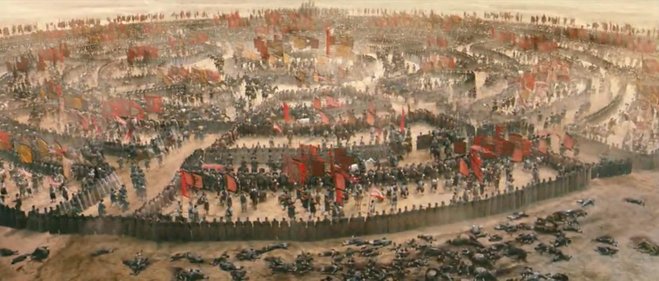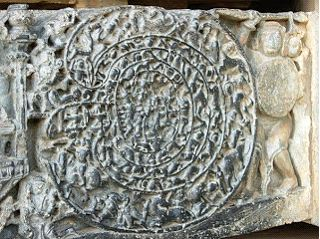Bahirji Naik
Bahirji Naik was an Indian spy, military commander and an efficient soldier, and notable Ramoshi-Berad in the army of Shivaji Maharaj in the time of the Mughal Empire.
His valor and bravery induced the man to perform espionage in enemy camps when the time and conditions were unfriendly and treacherous. Chatrapati Shivaji and his sons Sambhaji, Rajaram, and his daughter-in-law used forefathers of Ramoshi-Berad community to carry out espionage for raids on Surat, Burhanpur, Jalna, Ujjain, Pune. Bahirji Naik who carried out espionage for Shivaji and commanded a force of 3,000 men from communities like Ramoshis, Dhangars, Bhils, Lamans, Vanzara, Pardhi, Mahadeo Koli, and Masan Jogis. Bahirji Naik, Shivaji's Chief of Intelligence, who was so perfect in his methods that history can only infer what he (and his people) did but not how they accomplished their supreme feats. His tomb is now situated on Banurgad/Bhupalgad in Khanapur taluka of Sangli district.
Not much is known about the early life of Bahirji but the his expeditions and adventures as a spy in Shivaji's army tell us of him great contributions in Marathi future.
Bahirji was good at gathering detailed information about every aspect of his missions and a lion's share of credit for many of Shivaji's surprising feats must go to Bahirji Naik and his people. Some of the results of their work are listed below.
When a knight from Adilashah, Afjalkhan started his journey towards Maratha Empire with a promise to Adilshah to kill or capture Shivaji, his war elephant named Fatel Lashkar was killed on the first day of his march. It is sustpected that the elephant was poisoned by Bahirji and his men, in order to demoralize the advancing army. Death of the flag bearing elephant was considered as a bad omen by Afjalkhan, and the act of Bahirji was successful in it. Bahirji further helped Shivaji in mounting many covert operations and acts of sabotage in enemy territory. Shivaji and his officers specialized in capturing the enemy forts via surprise attacks followed by quick victories. This was the strategy underlying Shivaji's guerrilla warfare, a rare practice in those days. Having precise military information was crucial to the success of this strategy. The battles were usually over within hours rather than months needed to capture a fort via open siege.
In UmbarKhind, a mountain pass near Lonavala, Shivaji ambushed and defeated the 20,000 strong army of Colonel KartalabKhan, a well-known military officer of ShahisteKhan, in a 2-hour battle. Shivaji captured valuable military equipment and accepted the deserters from Khan's army into his own.
Shivaji paid a surprise visit to ShahisteKhan in Khan's military camp at Pune with at least 70,000 soldiers under cover of darkness. The objective was to kill Khan and thus demoralize his army. Khan survived this daring attack by Shivaji minus three fingers! Shivaji then escaped to SinhGad while enticing Khan's army on a wild chase to a mountain pass in Katraj. Khan did not die but was thoroughly de-moralized. He had occupied Pune and terrorized the surrounding population for over 3 years. Within 3 days of Shivaji's visit, Khan left Pune!
Twice, Shiavji successfully attacked Surat, Aurangzeb's financial capital and carried away much of its wealth as repatriation of the expenses incurred and pain suffered by Shivaji's citizens during years of occupations by forces of Aurangzeb's army first under ShahisteKhan and then under MirzaRaja JaiSingh. On each occasion, Shivaji did not harm those who had engaged in significant acts of charity.
Shivaji escaped from Aurangzeb's jail in Agra, a city that was totally foreign to Shivaji even though the jail itself was surrounded by 1,000 strong army under an able commander, and Shivaji had to travel 700 miles through Aurangzeb's kingdom.
After the second expedition to Surat, Colonel IkhlasKhan was chasing Shivaji's army. When Khan reached KanchanBari (near Nasik), he found that Shivaji was ready to face Khan in an open battle! Khan had lost the advantage of surprise. Shivaji captured valuable military equipment after his victory in this 6 hour battle.
In short, Bahirji was a key component of Shivaji's many surprise victories and escapes

 military.wikia.org
military.wikia.org
Bahirji Naik was an Indian spy, military commander and an efficient soldier, and notable Ramoshi-Berad in the army of Shivaji Maharaj in the time of the Mughal Empire.
His valor and bravery induced the man to perform espionage in enemy camps when the time and conditions were unfriendly and treacherous. Chatrapati Shivaji and his sons Sambhaji, Rajaram, and his daughter-in-law used forefathers of Ramoshi-Berad community to carry out espionage for raids on Surat, Burhanpur, Jalna, Ujjain, Pune. Bahirji Naik who carried out espionage for Shivaji and commanded a force of 3,000 men from communities like Ramoshis, Dhangars, Bhils, Lamans, Vanzara, Pardhi, Mahadeo Koli, and Masan Jogis. Bahirji Naik, Shivaji's Chief of Intelligence, who was so perfect in his methods that history can only infer what he (and his people) did but not how they accomplished their supreme feats. His tomb is now situated on Banurgad/Bhupalgad in Khanapur taluka of Sangli district.
Not much is known about the early life of Bahirji but the his expeditions and adventures as a spy in Shivaji's army tell us of him great contributions in Marathi future.
Bahirji was good at gathering detailed information about every aspect of his missions and a lion's share of credit for many of Shivaji's surprising feats must go to Bahirji Naik and his people. Some of the results of their work are listed below.
When a knight from Adilashah, Afjalkhan started his journey towards Maratha Empire with a promise to Adilshah to kill or capture Shivaji, his war elephant named Fatel Lashkar was killed on the first day of his march. It is sustpected that the elephant was poisoned by Bahirji and his men, in order to demoralize the advancing army. Death of the flag bearing elephant was considered as a bad omen by Afjalkhan, and the act of Bahirji was successful in it. Bahirji further helped Shivaji in mounting many covert operations and acts of sabotage in enemy territory. Shivaji and his officers specialized in capturing the enemy forts via surprise attacks followed by quick victories. This was the strategy underlying Shivaji's guerrilla warfare, a rare practice in those days. Having precise military information was crucial to the success of this strategy. The battles were usually over within hours rather than months needed to capture a fort via open siege.
In UmbarKhind, a mountain pass near Lonavala, Shivaji ambushed and defeated the 20,000 strong army of Colonel KartalabKhan, a well-known military officer of ShahisteKhan, in a 2-hour battle. Shivaji captured valuable military equipment and accepted the deserters from Khan's army into his own.
Shivaji paid a surprise visit to ShahisteKhan in Khan's military camp at Pune with at least 70,000 soldiers under cover of darkness. The objective was to kill Khan and thus demoralize his army. Khan survived this daring attack by Shivaji minus three fingers! Shivaji then escaped to SinhGad while enticing Khan's army on a wild chase to a mountain pass in Katraj. Khan did not die but was thoroughly de-moralized. He had occupied Pune and terrorized the surrounding population for over 3 years. Within 3 days of Shivaji's visit, Khan left Pune!
Twice, Shiavji successfully attacked Surat, Aurangzeb's financial capital and carried away much of its wealth as repatriation of the expenses incurred and pain suffered by Shivaji's citizens during years of occupations by forces of Aurangzeb's army first under ShahisteKhan and then under MirzaRaja JaiSingh. On each occasion, Shivaji did not harm those who had engaged in significant acts of charity.
Shivaji escaped from Aurangzeb's jail in Agra, a city that was totally foreign to Shivaji even though the jail itself was surrounded by 1,000 strong army under an able commander, and Shivaji had to travel 700 miles through Aurangzeb's kingdom.
After the second expedition to Surat, Colonel IkhlasKhan was chasing Shivaji's army. When Khan reached KanchanBari (near Nasik), he found that Shivaji was ready to face Khan in an open battle! Khan had lost the advantage of surprise. Shivaji captured valuable military equipment after his victory in this 6 hour battle.
In short, Bahirji was a key component of Shivaji's many surprise victories and escapes

Bahirji Naik
Bahirji Naik was an Indian spy, military commander and an efficient soldier, and notable Ramoshi-Berad in the army of Shivaji Maharaj in the time of the Mughal Empire. His valor and bravery induced the man to perform espionage in enemy camps when the time and conditions were unfriendly and...



